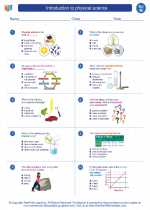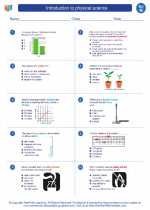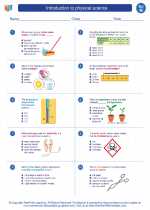Boyle's Law
Boyle's Law is a fundamental principle in physics that describes the relationship between the pressure and volume of a gas at constant temperature. It is named after the scientist Robert Boyle, who first stated the law in 1662.
Explanation
According to Boyle's Law, the pressure of a gas is inversely proportional to its volume when the temperature is kept constant. In mathematical terms, this can be expressed as:
P ∝ 1/V
Where P is the pressure and V is the volume of the gas. This relationship means that as the volume of a gas decreases, the pressure increases, and vice versa.
Formula
The mathematical expression of Boyle's Law is given by:
P1V1 = P2V2
Where P1 and V1 are the initial pressure and volume, and P2 and V2 are the final pressure and volume of the gas, respectively.
Study Guide
Here are some key points to understand and remember about Boyle's Law:
- Boyle's Law relates the pressure and volume of a gas at constant temperature.
- The law states that as the volume of a gas decreases, the pressure increases, and vice versa.
- The mathematical expression of Boyle's Law is P1V1 = P2V2.
- Boyle's Law is applicable only when the temperature remains constant.
- Understanding Boyle's Law is important in various fields such as chemistry, physics, and engineering.





